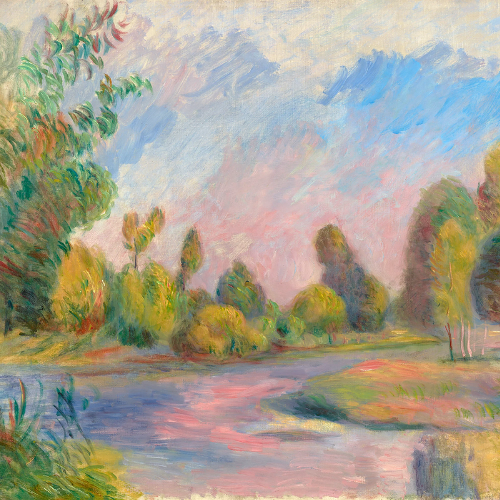The walking stick or cane, at its core, is just that — a tool used to aid in walking, particularly over rough or rocky terrain. As such, the traditional walking stick is an object that has been around since the beginning of humanity. Yet over the course of history, even the simplest walking stick has evolved to be a work of art. Here we have a brief summary of four main styles of canes that every collector should know!
Folk Art
Folk Art canes, rather than being made to the specification of a particular customer, were often made purely for the artistic expression of the maker. The highly unique and even whimsical hand-carved designs often feature flora and fauna, fictional characters and creatures, or sometimes allegorical references. Intricate carvings and expert craftsmanship can elevate a cane to be worthy of collecting, and these types of canes often are an excellent place to start a collection. Though few are signed and they can be difficult to place a specific date on, the quality of a great folk art cane is unmistakable.
Decorative
As the years went on, the materials for walking sticks and canes became increasingly precious, with clientele seeking finer canes for more formal occasions. By the 19th century, demand for luxury canes in Europe exploded, and the finest jewelers came up with exceedingly beautiful creations to please their clients. These fine decorative walking sticks were sometimes considered “city” canes rather than country canes, and were made by experts for customers with a discerning eye for quality and luxury. They quickly became a fashionable way to display social status and wealth at society events.

From left: Faberge Blue Enamel Cane with Pearls, Gold Presentation Dress Cane, Wedgwood cane by Brigg
Systems
Though walking sticks were initially created for the sole purpose of the function that they are named for,
systems canes turn the notion that canes are simple on its head! These are always one of our most popular categories of cane.
After the industrial revolution, technological advances allowed for unprecedented innovation in cane construction. These canes are often utilitarian, concealing a hidden tool or useful object that could be for many different purposes. For almost any useful function, there was likely a handcrafted walking stick made to assist with the task.
The bourgeoisie were a large part of the market for canes, and the latest inventions not only would have been advertised in magazines and also shown at the great international exhibitions such as the Universal Exhibition of 1900 in Paris and the Crystal Palace Exhibition of 1851 in London.

Clockwise from top left: Piano Tuner's Cane, Newspaper Holder Cane, English Ladies Fan Cane, French Gold Monocular Cane
Inventors of the 19th and early 20th centuries continued to use their creative ingenuity to innovate new contraptions to be marketed to the public in a variety of ways. System canes could be made for professional use, for sporting, for day to day use, and everything in between!
Weapons
One of the oldest and most well known uses for a cane was as a self defense mechanism. In ancient times, Rome was known to be filled with wild dogs and it was commonplace for civilians to walk around armed with a Cani, or a stick meant for the sole purpose of defending themselves against the aggressive animals. These were likely simple weapons, however over time, creative minds ensured that weapon canes became increasingly complex. Eventually even a stick with the most unassuming exterior could contain something much more sinister inside.

From left: Horn Handled Sword Cane, Bow & Arrow Cane
Now that you know four important styles of walking sticks, which one will you start your collection with?








